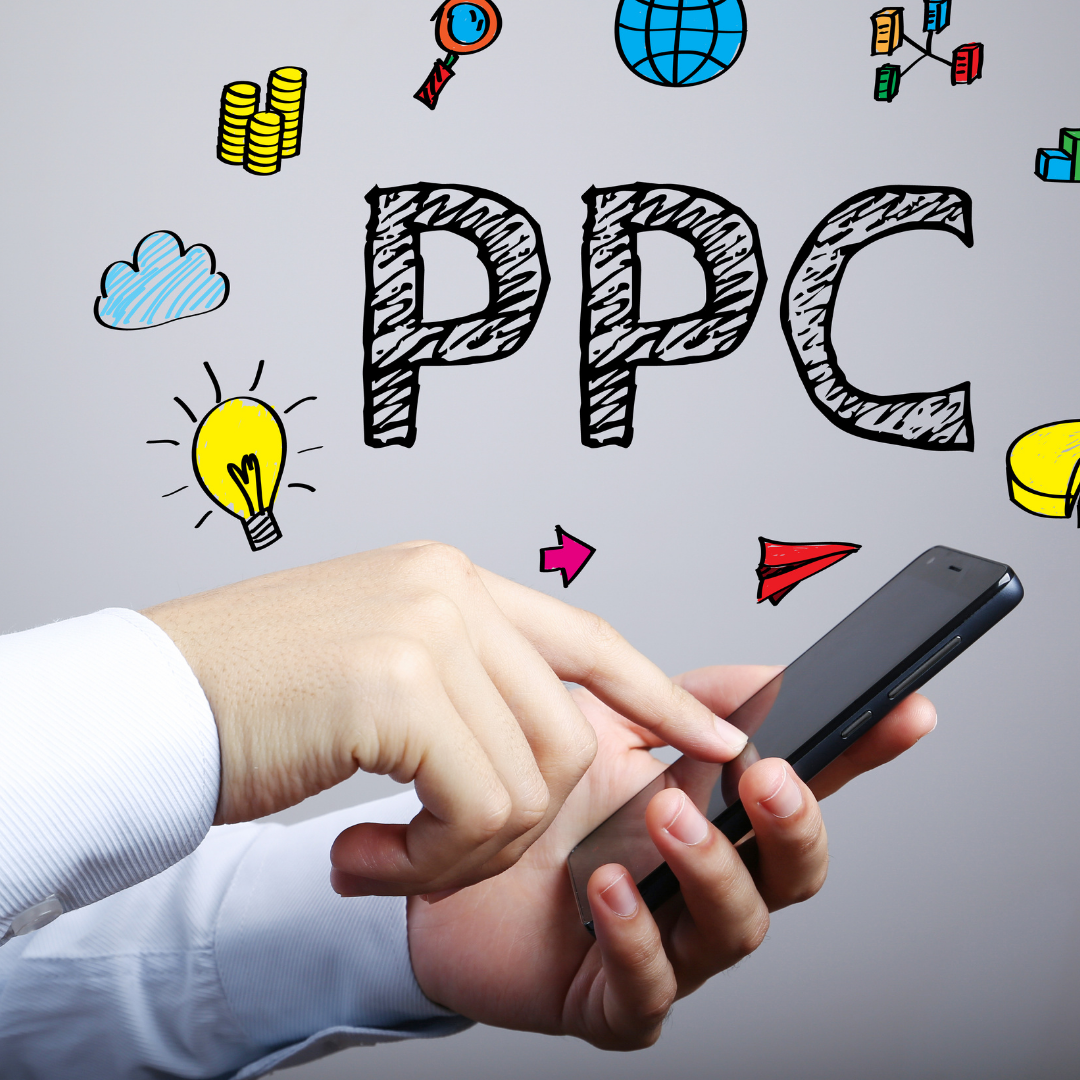
“Dad, I want that cycle.”
I requested my father while watching the groovy song “Jaanu Meri Jaan” on Chitrahaar somewhere in the 90s. The song features Amitabh Bachchan and Shashi Kapoor pedaling together a single cycle to chase their love interests.

Although my father never bought me that cycle, the image of two riders cycling together on a single bike etched on my mind.
Interestingly, I came to know that the cycle was called the tandem cycle much later when I googled it (thanks to the availability of the Internet in the mid-2000s).
What the fascinating about this bicycle is that it is designed to be ridden by more than one person.
The mechanism enables two riders to go faster on a single cycle because they are doubling the power, making them faster than the normal cycle.
Well, I haven’t bought myself a tandem cycle yet but it has inspired me to make things “work in tandem” in online marketing.
I learned how things can be combined to double their power so that we can see the results faster. And one of those successful combinations is Organic SEO and Paid SEO.
Think of your online marketing as a tandem cycle with organic SEO on one seat and Paid search on the other. Their combined force will help your online marketing run faster.
The point is here to integrate the two to create a powerful combination that can speed up your growth.
SEO vs. Paid Search: Know the Difference
For a quick refresher, let’s walk through the key difference between paid search and organic search.
Organic search traffic comes from people clicking on your website or business links in search engine results. SEO is important for a website’s position in organic search results.
Paid search traffic results come from visitors who click on a paid ad or sponsored listed your business pays to achieve higher visibility in the search results.
Although paid and organic search is two different strategies, both aim to drive traffic to your website. Visitors from organic search cost nothing, but getting rankings for relevant keywords in Google can take some time and effort. Paid search that is conducted through PPC ads can get you instant traffic and make your business more competitive.
While SEO is the key driver of traffic, PPC ads capture over 40% of the clicks for the top three paid ads.
How to Combine Paid Search and Organic Search (Let’s put them on Tandem Bicycle of Online Marketing)
 (Image source: Guinness World Records)
(Image source: Guinness World Records)
It might be obvious to believe you have to choose between paid and organic search. Or you have to run these two strategies separately.
What if these two can work together? In other words, they can do tandem cycling to accelerate your business growth.
Here’s how…
Focus on the Keywords:
If organic search is your key marketing strategy, we don’t need to tell you the importance of keywords. Tools such as Google Analytics and Google Keyword Planner can help you pick the keywords and phrases that your target audience uses.
You can use the same keywords for your PPC campaigns to test how they can affect your traffic and conversions.
Use the same keyword tool in Google Adwords to determine traffic volume as well as the price of a campaign using different keywords and phrases. Similarly, when you have fair success with a PPC campaign, the same keywords can be used in your organic search practices such as fitting them in your website content.
Capitalize on Your Paid Search Data:
Data becomes one of the important assets when it comes to online marketing. With Google Analytics, you can explore a ton of data about which keywords are mostly used by your target audience. Then, this data can be analyzed and used across your internet marketing channels.
For example, successful PPC keywords can be used in the meta descriptions, copy, and title tags so that you can site can rank better organically.
You can also choose from the top-performing keywords and phrases. For instance, if your audience wants to find out how to “make” something, maybe it is time for a series of DIY posts.
Reach the Previous Visitors (Retargeting)
This is the bitter truth in our online marketing that most people are less likely to remember your business name after just a single visit, let alone expecting their return to your website.
This might be because they land on your website through organic search with a keyword you are ranking for in the search engines. Not everyone is sure to buy or subscribe on their first visit. So you need something to keep them engaged. Enter paid search.
With PPC ads, you can run a remarketing campaign to reengage those consumers. When people visit your website or don’t proceed to checkout even with the loaded cart, the site’s cookies capture their activity.
(LEARN HERE HOW YOU CAN REMARKET THE ONE TIME VISITORS IN THIS GOOGLE ADS GUIDE)
Here you can use paid ads to convince them by showing an ad for an offer or products on any site that is included in the Google Display Network.
Create Ads that Interacts with Content:
It is not easy to create ads that can attract an audience and generate clicks. However, we never know what happens after the click. Will a visitor convert or leave? Of course, a visitor must convert for the success of your PPC ads. But not all PPC ads lead the customer to the post-click scenario.
By letting PPC and SEO work together, SEO teams can create pages that convert prospects into buyers, while the PPC team can create ad copy that matches the landing page headlines or the content, thereby encouraging the visitors to take action.
Integrating the landing page with ad copy can also lead to the result. You can ask the PPC team to capitalize title tags and meta descriptions generated by the SEO team as ad content.
A QUICK RECAP (Key Takeaways)
Use the successful SEO keywords in PPC and use the successful PPC keywords in SEO.
Use the top-performing PPC keywords to create meta tags, descriptions, content, and copy.
Run Remarketing campaign to retarget the audiences that never return to your website after their single visit.
LAST NOTE
You don’t have to choose between paid and organic search. Instead, you need to create the right mix of both. Organic and paid search is necessary for making a sound online marketing strategy. So bring your SEO and PPC teams together to see how it can affect your bottom line.
BY THE WAY, I AM STILL LOOKING TO BUY A TANDEM CYCLE (CHILDHOOD ITCHING, YOU KNOW). CAN ANYONE SUGGEST ME A GOOD ONE? AWAITING YOUR COMMENTS! I am also open to discussing article-related queries.

Started working as a digital marketing expert, Varun Sharma is now also a well-known digital marketing speaker – a speaker on performance development, and a trusted mentor to businesses in the digital world. His keynote expositions are based on the digital marketing theories, which provide a fascinating insight into the secrets of high performance.

